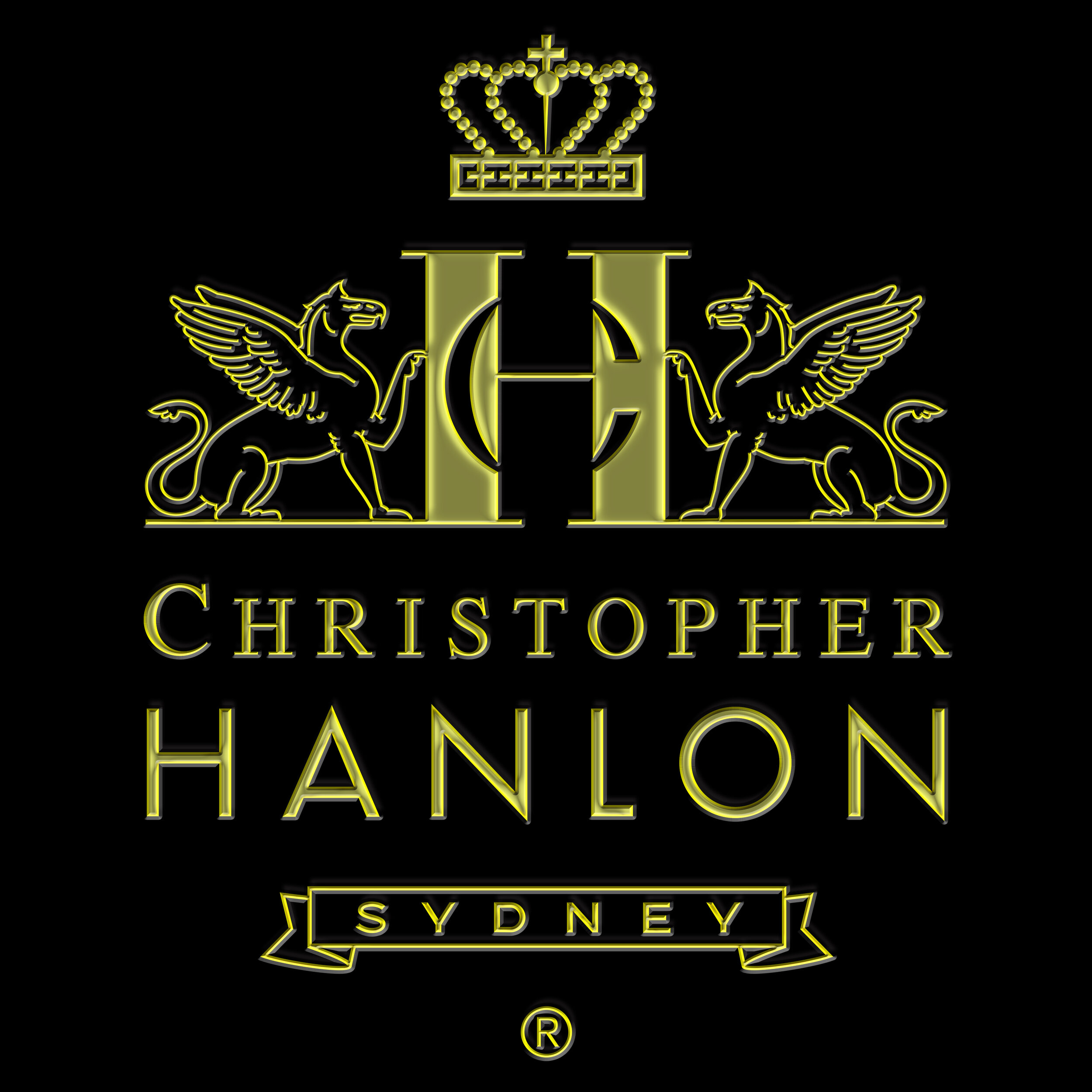SKIN DEEP : LIVING ON THE SHEEP'S BACK | CIRCA 1910
OUR AUSTRALIAN FAMILY HERITAGE
SINCE 1875
AUSTRALIAN PIONEERS
The HANLON® brand name is fifth generation Australian with origins that can be traced back to Christopher’s Great Grandfather Tom Hanlon® in 1875. From a small piece of land in Goomalibee, Tom grew indigenous herbs, raised cattle and sheep while producing regional farm goods. Tom's eponymous HANLON ROAD located in Goomalibee Victoria still stands today as a provincial Victorian testament to entrepreneurial heritage, of the HANLON® family.
During the mid 1800's land owners or ‘squatters’ were often considered the local gentry as only the wealthiest of Australian families could afford significant farming and grazing land in addition to the early industrial farming equipment required. Today the HANLON® aesthetic is rooted in its history of aristocratic, early settler wealth emphasizing generational colonial family values. According to Christopher's father ROSS HANLON®, Grandfather Tom Hanlon® employed a number of people to run the family farm and numbers would swell during heavy harvests: sheep shearers, slaughtermen and stockmen in addition to general farm hands would be hired to work the land and production sheds. Meanwhile the women would sew, cook and clean. Whatever could be produced on the farm was sold at local markets and townships using traditional hand skills, time-proven formulas and the family’s savour-faire. Cream was churned into butter – often by the women. Best cuts of meat were wholesaled to local butchers but valuable leather skins and animal byproducts would also be put to use. Boiled sheep (wool fat) and emu skin fat for example was a popular treatment for women's parched skin (often blended with essential oil) and when mixed with soap and water doubled as a men's shaving preparation for cut-throat razors. Christopher’s Great Great Grandfather Daniel Hanlon® who started his Australian farming practise after a career in seafaring became familiar with a common herbal remedy used by Australian navigators. An infusion of Melaleuca and Leptospermum – used by early colonial navigators as an antiseborrheic tea. So a family love affair for Australian botanicals blossomed. Many Australians relied on these rural producers or made items themselves: cooking, sewing, knitting and home remedies were a common country practise as the convenience of supermarkets and motor cars would not come into fashion till 1910 at least (the Ford Model T was popular 1910-20 [USA] and the first Australian-designed mass production car was manufactured by Holden in 1948).
HANLON ROAD
HANLON® farm was known as a ‘Fruit Salad’ farm. The land area enclosed by Hanlon® Road, Tarnook Road, Kelleher Road and Webb Road in Goomalibee, Victoria is estimated to be 1,000 hectares (2,7470 acres). The vernacular ‘Fruit Salad’ referred to a farm that provided a range of produce, crops or products – in contrast to smaller monoculture farming. Monoculture refers to the practice of growing a single crop on a piece of land for efficiency. The HANLON® farm used traditional crop rotation and a herbal ley (mixture of herbs like chicory root, cocksfoot grass or clover to add nitrogen – natural fertilizer) so as not to deplete soil nutrients, reduce erosion and provide feedstock. Chicory was introduced to Victorian farmers around 1880 and was processed in Melbourne. This foundation provided a healthy environment for a variety of vegetables, plants, herbs and animals to flourish on the pioneering HANLON® farm. HANLON® Road and the family’s humble heritage inspires every CHRISTOPHER HANLON® creation today by Australia’s FIRST Perfumer®.
THE GOLD RUSH
Importantly during the mid 1800's a major backbone of Australia's colonial economy in Victoria was provincial farming and agriculture; in addition to associated products such as wheat, herbs, fruit, vegetables, wool, meat and leather. The Gold Rush and the flowering of the British Empire raised the need for such supplies and so became known the HANLON® family name in areas of Benalla, Ballarat, Glenrowan (Ned Kelly was killed there in 1880), Shepparton and Geelong. When Christopher Hanlon's® Great Great Grandmother Ellen Hanlon® passed away 'The Argus' newspaper (the Melbourne equivalent of today's New York Times or Sydney Morning Herald) reported in her epitaph: Australian 'PIONEER DIES' with a short, poignant, dear-to-heart read about the industrious Hanlon® family. Local word-of-mouth and newspapers were a crucial source of news given electronic communication en masse had not yet blossomed.
HERBAL REMEDIES LIKE THIS AUSTRALIAN ANIMAL FAT SALVE CIRCA 1900 (LANOLIN FATTY ACIDS) WERE used FOR AILMENTS
ROSS + DELIA HANLON AT THE GRAND HOTEL. FROM A FAMILY OF PIONEERING FARMERS IN GOOMALIBEE TO HOTELIERS IN PORTARLINGTON PURVEYING OUTBACK CUISINE + LOCALLY MADE BUSH SPIRITS
MORALE FIBRE
This is Australian His-Story. A fairdinkum story of the HANLON® family's colonial country empire which spans multiple generations from an outback farm. These historical moments serve today as the inspiration behind all handcrafted CHRISTOPHER HANLON® luxury goods. The HANLON® way of life was with integrity, honesty and community spirit serving patrons with classy graciousness. Labour was a love, never a chore. Australian craftsmanship from magnificent retail stores (Grand Hotel Portarlington) to growing and producing luxury merchandise was seen as a family blessing. Fast forward some 145 years later and HANLON® branded leather goods, sportswear, natural skin preparations and Australian Botanical Bush Perfumes are integrated into an Australian country lifestyle. Simply Grand.
“NOW UNDER THE OWNERSHIP OF ROSS AND DELIA HANLON AND THEIR FAMILY THE GRAND HOTEL IS SLOWLY BEING RESTORED TO HER ORIGINAL CONDITION”
'From a small piece of land in Goomalibee, Tom grew herbs, raised cattle and PRODUCED REGIONAL FARM GOODS since 1875. Tom's eponymous HANLON ROAD located in Goomalibee Victoria exists today. Heritage'
ABOVE | HANLON ROAD, GOOMALIBEE VICTORIA



